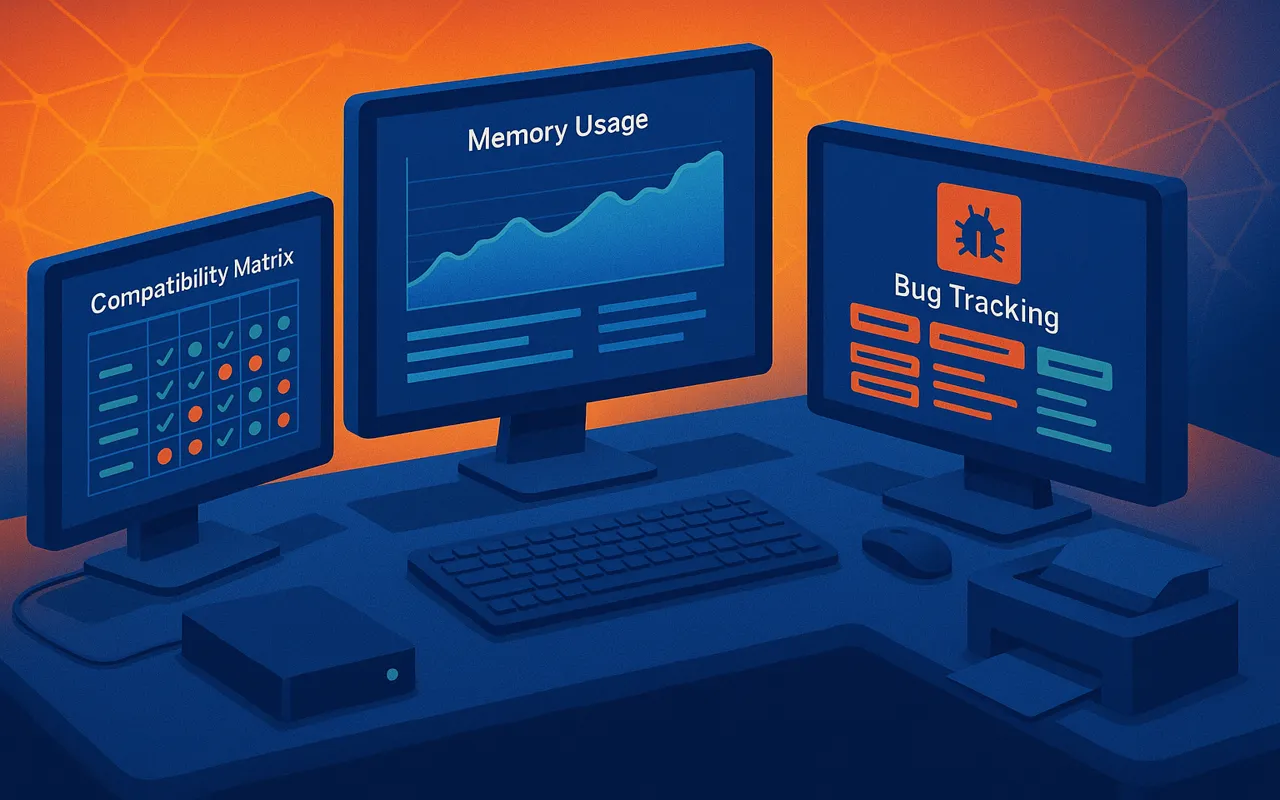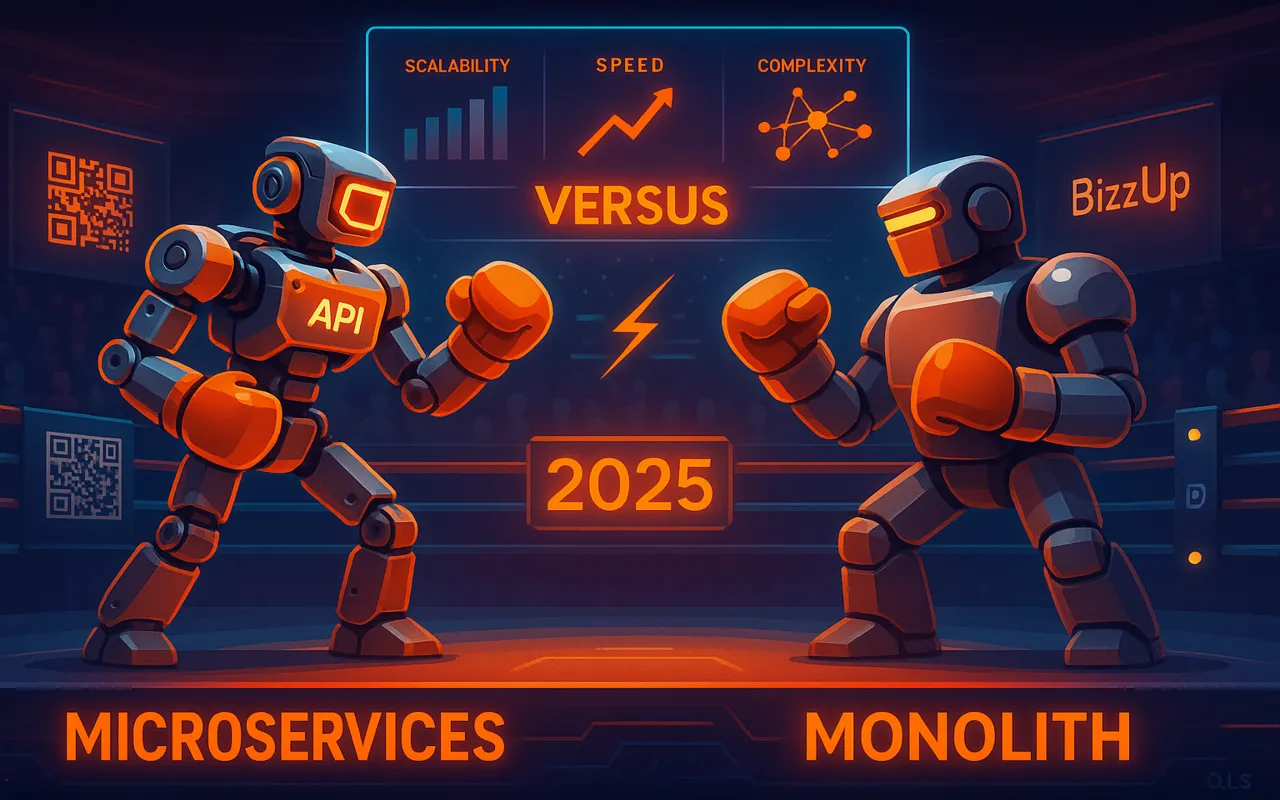Desktop Testing
In an era of web dominance, desktop applications still power critical business functions. Discover how comprehensive testing ensures your desktop software delivers flawless performance. OS versions, hardware specs, and installed software create infinite combinations Desktop users expect faster performance and richer functionality than web apps Enterprise desktop apps often power mission-critical operations Powerful GUI testing for Windows, Linux, and macOS applications with object recognition. Codeless test automation with robust desktop element identification. Microsoft's free, open-source Windows Application Driver for automated testing. Load testing desktop apps with backend API or database connections. Enterprise-grade performance testing for resource-intensive applications. Real-time performance monitoring for native desktop applications. Image-based testing for applications that are difficult to automate. AI-powered testing using visual recognition for complex UIs. Open-source solution for testing hybrid desktop applications. Use virtual machines or containerized environments to simulate fresh installations. Focus on features that represent the most common user workflows first. Create automated test suites for features that change infrequently. Track CPU, memory, and disk usage during performance testing. Verify smooth transitions between all supported versions. Test application behavior without network connectivity. Our team specializes in comprehensive desktop application testing across all platforms and frameworks.Why Desktop Testing Demands Special Attention
Complex Environment Factors
Higher User Expectations
Critical Business Impact
8 Key Types of Desktop Application Testing
1. Installation Testing
2. Compatibility Testing
3. GUI Testing
4. Functional Testing
5. Performance Testing
6. Security Testing
7. Interoperability Testing
8. Localization Testing
Top Desktop Testing Tools for 2025
Functional Testing Tools
TestComplete
Ranorex
WinAppDriver
Performance Testing Tools
JMeter
LoadRunner
Apptim
Specialized Testing Solutions
SikuliX
Eggplant
Appium
Best Practices for Desktop Testing
1. Test on Clean Systems
2. Prioritize Critical Paths
3. Automate Regression Testing
4. Monitor System Resources
5. Test Upgrade Paths
6. Include Offline Scenarios
Need Expert Desktop Testing Services?
0 comment on “Desktop Testing”
Leave a Reply
Your email address will not be published.
Ready to build your dream product?
Whether it’s a sleek mobile app or a full-stack platform, our experts are here to help.











